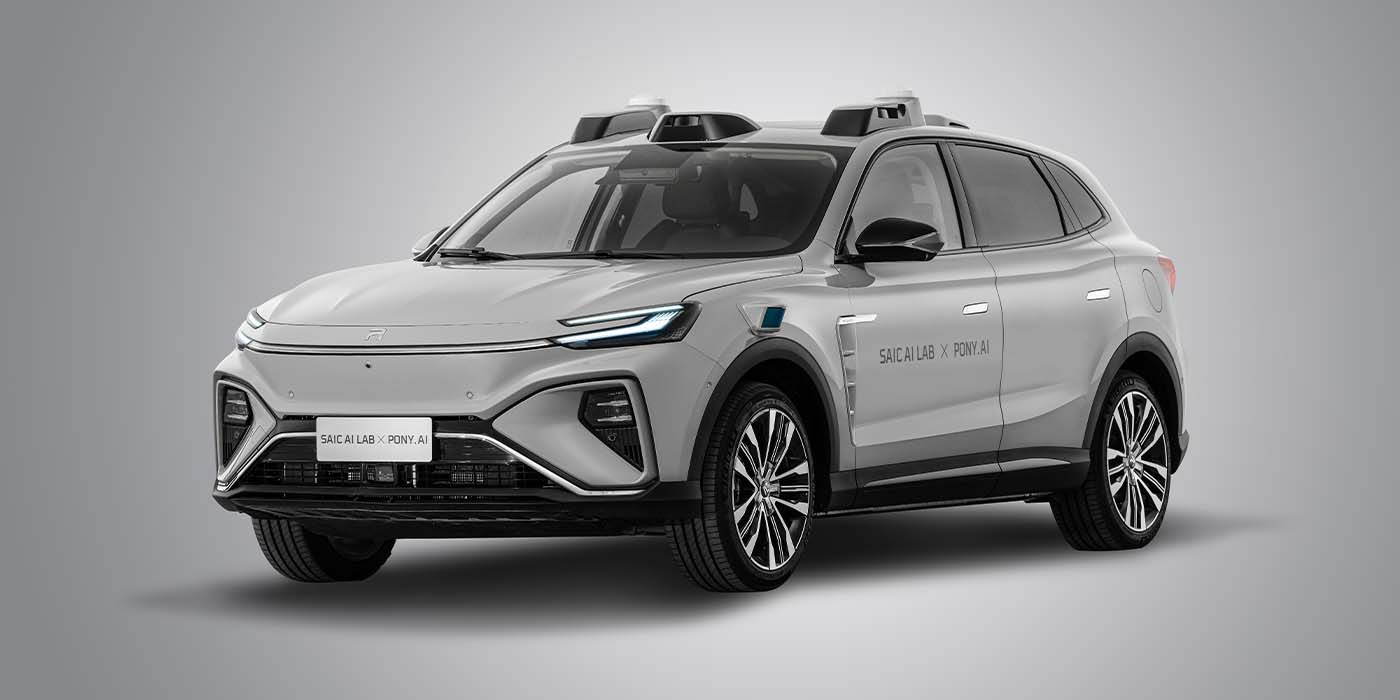
DiDi’s New Innovation: Robotaxis for Future Transportation
DiDi, the Chinese ride-hailing giant, has been making headlines recently for its latest innovation – developing robotaxis for future transportation. The company plans to deploy a fleet of autonomous vehicles for ride-hailing services in China, making it one of the first companies to test robotaxis on public roads. Here, we’ll explore this latest development from DiDi and hear from two experts about the potential impact of robotaxis on the future of transportation.
DiDi has been investing heavily in autonomous driving technology, with the aim of launching a commercial robotaxi service in China as early as next year. The company has already begun testing autonomous vehicles in several Chinese cities, including Beijing, Shanghai, and Suzhou.
DiDi’s robotaxi plan involves developing self-driving cars that can transport passengers without the need for a human driver. The company has already started testing its robotaxis in certain cities in China and plans to expand the service in the coming years.
As Dr. Wo Ling, a transportation expert and professor at Tsinghua University, says, “Autonomous driving technology is a key area of innovation in the transportation industry. DiDi’s investment in this technology demonstrates its commitment to shaping the future of transportation and creating a more sustainable, efficient, and safe transportation system.”
However, the development of robotaxis is not without challenges. One of the most significant challenges is ensuring the safety and reliability of autonomous vehicles, particularly in complex and unpredictable urban environments.
As Dr. Larry Prieston a robotics expert and professor at Texas A&M University, says, “The development of autonomous vehicles requires a complex and robust system of sensors, software, and algorithms that can navigate complex and unpredictable environments. Ensuring the safety and reliability of these systems is essential for the successful deployment of robotaxis on public roads.”
Despite the challenges, the potential benefits of robotaxis are significant. By eliminating the need for human drivers, robotaxis have the potential to reduce the cost of ride-hailing services, improve the efficiency of transportation systems, and reduce the number of accidents caused by human error.
As Ling says, “Robotaxis have the potential to revolutionize the transportation industry and make it more accessible and affordable for everyone. By reducing the cost of ride-hailing services and improving the efficiency of transportation systems, robotaxis can help address some of the most pressing challenges facing our cities, such as congestion, pollution, and lack of accessibility.”
In addition to the potential benefits for individuals and communities, the development of robotaxis is also expected to have a significant impact on the automotive industry. As more companies invest in autonomous driving technology, the traditional model of car ownership and manufacturing may be disrupted.
As Prieston says, “The development of autonomous vehicles is not only changing the way we think about transportation but also the way we think about the automotive industry as a whole. As more companies invest in autonomous driving technology, the traditional model of car ownership and manufacturing may be disrupted, leading to new business models and partnerships in the industry.”
The development of robotaxis by DiDi is a significant step towards a future where autonomous vehicles are a common sight on our roads. While the challenges are significant, the potential benefits for individuals, communities, and the automotive industry are vast. As DiDi and other companies continue to invest in autonomous driving technology, we can expect to see significant changes in the way we think about transportation and mobility in the years to come.


